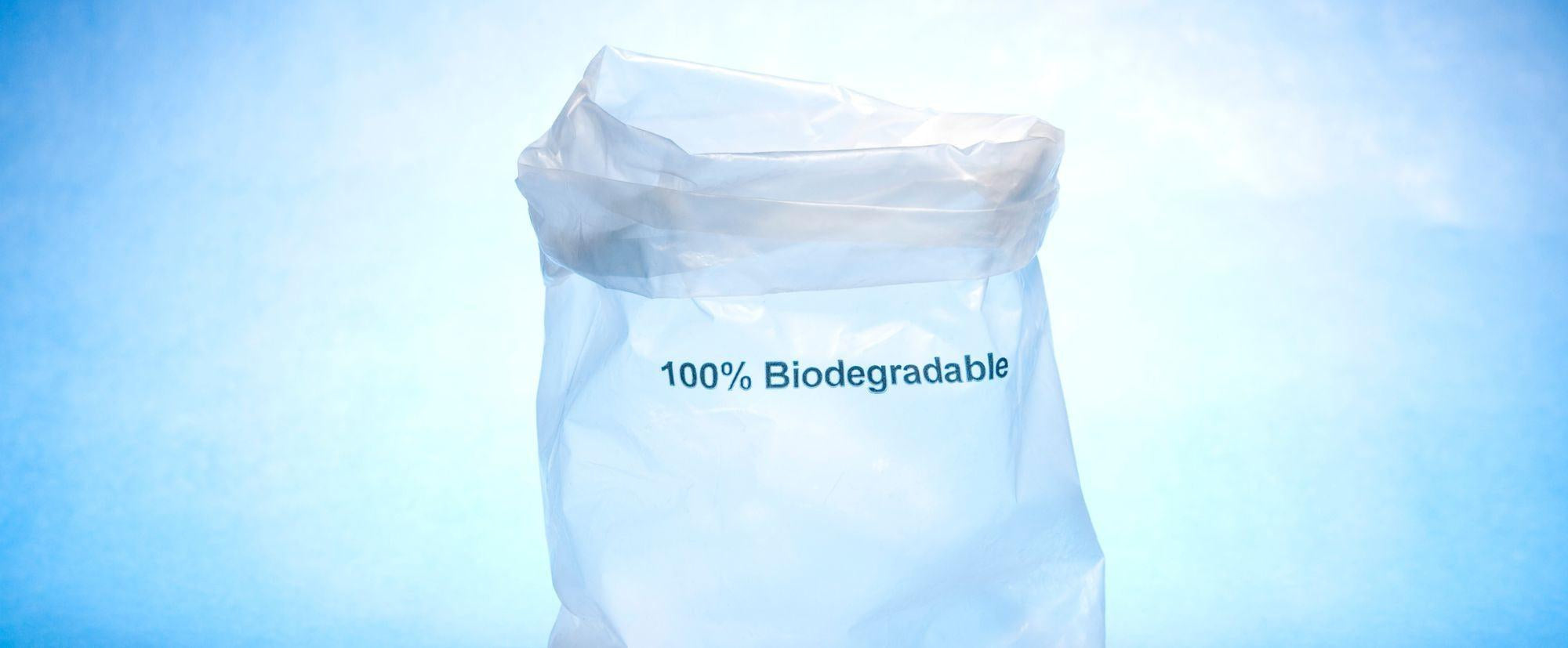What is RPET Plastic & How It Is Revolutionizing Recycling
One of the main environmental problems we currently face is plastic waste. Millions of tons of plastic waste enter the ocean and landfills every year, contaminating the earth for decades to come. However, a revolutionary type of plastic known as RPET is providing new promise for a more sustainable future by altering the way we recycle.
Recycled polyethylene terephthalate, or RPET, is a polymer created by processing PET plastic items that previously served as food containers and water bottles. Used PET is broken down, cleaned, and reformed into new plastic resin that may be used in a variety of products thanks to cutting-edge recycling processes.
Understanding PET and rPET Plastic
Polyethylene terephthalate, or PET, is a common form of plastic used in food containers, drink bottles, and synthetic textiles. PET is admired for its ability to function as an efficient barrier against moisture, carbon dioxide, and oxygen while being lightweight and strong. Recycled PET (rPET) is generated from used PET bottles and containers, whereas PET plastic is first made from crude oil as a polymer.
Gathering used PET from recycling facilities is the first step in the recycling process. After a thorough cleaning, the plastic is dried and powdered into flakes. These flakes are heated to a depolymerization temperature, which separates them into their individual components, which are beads of pure polyethylene terephthalate polymer. These beads can then be re-polymerized and extruded into new rPET plastic resin pellets that are nearly equivalent to virgin PET resin produced straight from oil.
The Environmental Benefits of RPET Plastic
Reduction in landfill waste
One of the most appealing environmental advantages of RPET plastic is its capacity to significantly minimize landfill waste. Every year, millions of tons of plastic products are dumped into landfills across the world, consuming valuable land and releasing pollutants into the groundwater and soil as they deteriorate over decades. We can drastically reduce this plastic waste stream by recycling used PET bottles and containers as RPET. Leading RPET manufacturers such as Unifi, recycle more than 30 billion bottles a year. As the RPET sector expands, the impact on landfill diversion increases exponentially.
Lower carbon footprint compared to virgin plastic
When RPET is produced, significantly less energy and fossil fuels are used than when virgin plastic is made from raw petroleum ingredients. Studies show that about one-third of the greenhouse gas emissions produced during the production of regular PET are produced by RPET.
The recycled nature of RPET eliminates the need for extensive processing of crude oil extraction to obtain the core polymers, which results in a lower carbon footprint. When you consider the mining, transporting, and refining required for virgin plastic precursors, the energy savings increase even more.
Conservation of natural resources
Plastics are byproducts of the combustion of fossil fuels, such as natural gas and crude oil, which are non-renewable resources. We considerably lessen the depletion of these finite natural resources by using RPET instead of regular PET.
An estimated 16 million barrels of crude oil are prevented from being extracted and distilled for every million tons of PET bottles recycled into RPET. These conserved oil reserves can instead be used for more important purposes than wasteful plastic manufacture.
Recycling RPETs also helps to preserve other valuable resources, such as water. Compared to recycling PET, manufacturing virgin PET uses around 94% more water per ton. Technologies that lower water intensity are extremely valuable as fresh water becomes more and more limited worldwide.
How is rPET plastic made?
Recycled PET bottles and containers must be gathered, sorted, cleaned, and then re-polymerized in several steps in order to produce rPET plastic. Here's the production process for rPET:
- Collection and Sorting: Gathering discarded PET bottles and containers from recycling facilities and redemption centers is the first step in the recycling process. To separate out the PET, these plastic products are classified based on the kind and color of plastic.
- Grinding and Washing: The sorted PET containers are then crushed into tiny plastic flakes or pellets using a grinding process. After that, these flakes are cleaned and filtered to get rid of any last pollutants, adhesives, and paper labels.
- Depolymerization: The process of depolymerization involves heating the clean PET flakes to extremely high temperatures, which breaks the polymer chains into smaller components known as monomers. The molten monomer liquid is further purified to remove any remaining impurities.
- Re-Polymerization: Through chemical reactions, the purified PET monomers are re-polymerized, reassembling the polymer chains into new PET polymer resin. For additional cleaning, this molten polymer is sent through a filtration system.
- Pelletization: Recycled PET (rPET) resin is created by quickly cooling and cutting the freshly re-polymerized PET material into homogeneous pellet shapes. This resin is nearly equivalent to virgin PET resin.
- Manufacturing: The rPET pellets are then dried, re-heated, and extruded into continuous plastic sheets, fibers, or tubes to create new rPET products such as bottles, clamshells, carpet/clothing fibers, and so on.
Can rPET plastic be recycled?
Yes, rPET (recycled polyethylene terephthalate) plastic can be recycled after use. One of the main benefits that rPET has over conventional non-recycled plastics is its capacity for multiple recycling. Recyclable PET (rPET) is made using much the same procedure as when it was first made from used PET bottles and container:
- Collection and sorting of the rPET items
- Grinding the rPET into flakes or pellets
- Washing and filtering to remove contaminants
- Depolymerization to break down the polymer chains
- Re-polymerization to reform the polymer chains into purified PET resin
- Pelletizing the resin into new rPET pellets
rPET may be recycled again with little to no loss of quality or characteristics thanks to this closed recycling loop. The polymers basically "reset" to their initial pure condition at the beginning of each cycle.
The reason rPET has such a strong environmental advantage over virgin plastics is that it can be recycled repeatedly. It reduces the requirement for using oil and gas resources to produce new plastic. The same plastic material can be kept out of landfills and utilized again endlessly as long as the rPET recycling stream is kept up.
Conclusion
rPET plastic provides a novel and environmentally friendly solution compared to traditional plastics. recycled PET (recycled plastic bottles and containers) lowers waste, preserves natural resources, and emits fewer greenhouse gasses when used to create new plastic items. The impact of rPET is evident as more and more prominent brands adopt it; each year, millions of barrels of oil are saved and billions of bottles are kept out of landfills. However, realizing the full potential of rPET as a circular and renewable material will need enhancing infrastructure and recycling techniques.
In the future, rPET will lead the development of sustainable plastics by utilizing cutting-edge recycling techniques and bio-based substitutes. rPET opens the door to a more environmentally friendly future where plastic waste turns into a useful resource rather than endangering the environment.
FAQ’s
Is rPET 100% recyclable?Yes, rPET (recycled polyethylene terephthalate) plastic is 100% recyclable.
How many times can rPET be recycled?There is no limit to how many times rPET can be recycled and reused because the polymers are effectively "reset" during the recycling process.
What is the difference between rPET and PET plastic?Regular PET is generated directly from basic resources like crude oil, whereas rPET is made by recycling post-consumer PET plastic items.
Does rPET contain BPA?No, BPA (bisphenol A) is not present in rPET because PET plastic is not made with this chemical.




